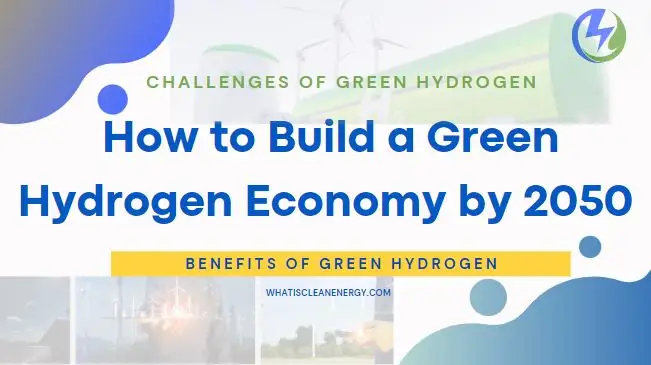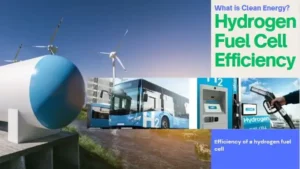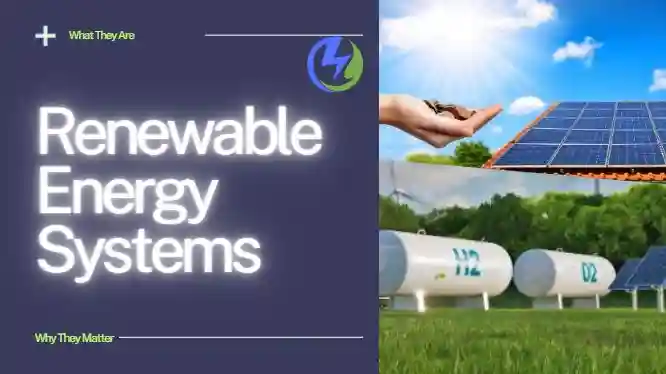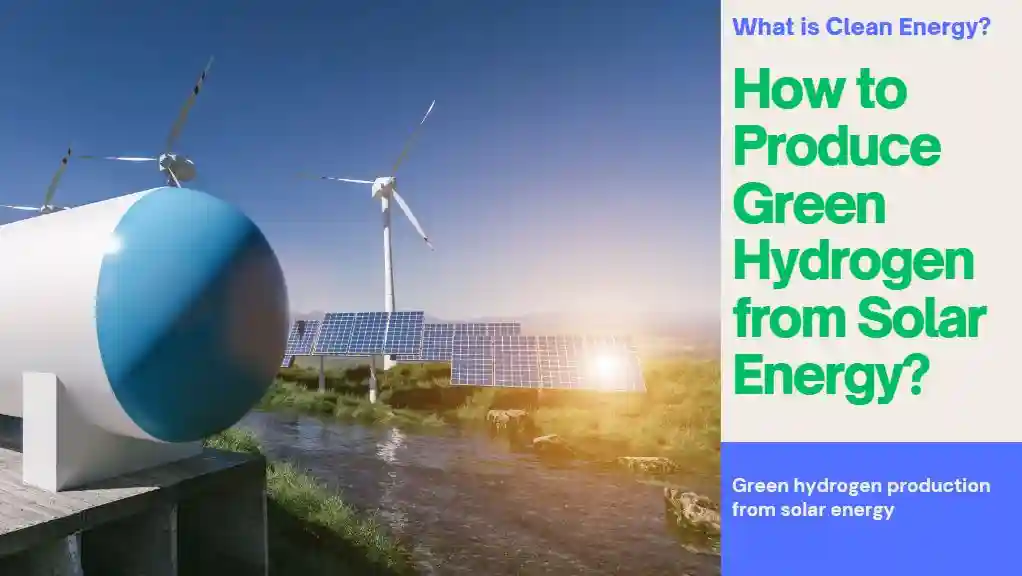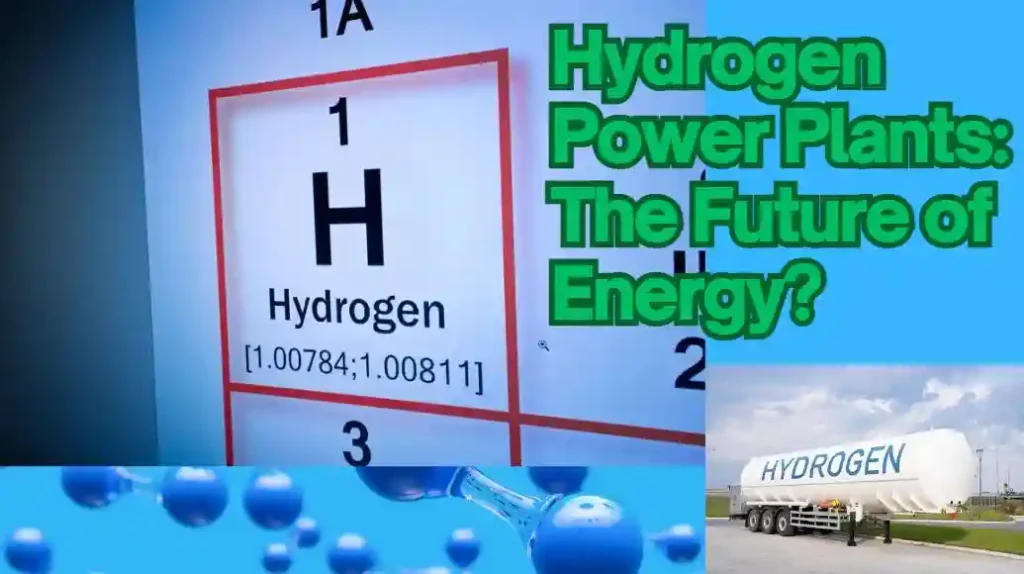Hydrogen is a gas that can be used as a fuel for various purposes, such as transportation, industry, and electricity generation. Hydrogen can be produced from different sources, such as natural gas, coal, biomass, or water. However, not all hydrogen is the same in terms of its environmental impact. Depending on how it is produced, hydrogen can be classified into different colors, such as grey, blue, or green. Let’s look into the types of hydrogen and the vision and strategies of the green hydrogen economy.
Grey hydrogen
Grey hydrogen is the most common type of hydrogen today. It is produced from natural gas or coal, using a process called steam reforming. This process releases a lot of carbon dioxide (CO2), a greenhouse gas that contributes to global warming.
Blue hydrogen
Blue hydrogen is similar to grey hydrogen, but it captures and stores some of the CO2 emissions, reducing its environmental impact. However, blue hydrogen still relies on fossil fuels and is not completely carbon-free.
Green hydrogen

Green hydrogen is the most sustainable and clean type of hydrogen. It is produced from water, using a process called electrolysis. This process uses electricity to split water molecules into hydrogen and oxygen. If the electricity comes from renewable sources, such as solar, wind, or hydro, then the green hydrogen production does not emit any CO2 or other pollutants. Green hydrogen can be used as a zero-emission fuel for various applications, such as vehicles, factories, or power plants.
Green hydrogen has the potential to play a major role in the global transition to a sustainable energy and net-zero emissions economy. However, there are many challenges and opportunities to achieve this vision. In this article, we will explain the benefits and challenges of green hydrogen, and how we can build a green hydrogen economy with a clear vision and strategy.
Benefits of Green Hydrogen

Green hydrogen offers many benefits for the environment, the economy, and society. Some of the main benefits are:
Gas emissions
Green hydrogen can help reduce greenhouse gas emissions and fight climate change. By replacing fossil fuels with green hydrogen, we can avoid emitting CO2 and other harmful gases that cause global warming and air pollution. Green hydrogen can also help store and balance the variable output of renewable energy sources, such as solar and wind, which depend on the weather and the time of the day. By using green hydrogen as a storage medium, we can ensure a reliable and flexible supply of clean electricity for different needs.
New jobs and industries
Green hydrogen can create new jobs and industries. By investing in green hydrogen production, distribution, and consumption, we can create new opportunities for employment, innovation, and growth. Green hydrogen can also stimulate the development of other sectors, such as renewable energy, electric vehicles, and digital technologies. It can also enhance the competitiveness and resilience of the economy, by reducing the dependence on imported fossil fuels and increasing the diversity and security of the energy mix.
Quality of life
Green hydrogen can improve the quality of life and well-being of people. By using green hydrogen as a clean fuel, we can improve the health and safety of people, by reducing the exposure to air pollution and noise. Green hydrogen can also contribute to social justice and inclusion, by providing access to affordable and clean energy for everyone, especially for the poor and marginalized communities. Green hydrogen can also foster international cooperation and peace by creating new partnerships and markets for green hydrogen trade and exchange.
Challenges of Green Hydrogen

Green hydrogen also faces many challenges that need to be overcome to realize its full potential. Some of the main challenges are:
Expensive
Green hydrogen is currently more expensive than fossil fuels and other types of hydrogen. The main reason for the high cost of green hydrogen is the high cost of renewable electricity and electrolyzers, the devices that convert water into hydrogen and oxygen. The cost of green hydrogen also depends on the availability and price of water, land, and infrastructure.
To make green hydrogen more competitive and attractive, we need to reduce the cost of renewable electricity and electrolyzers and increase their efficiency and durability. We also need to create incentives and policies that support the development and deployment of green hydrogen, such as carbon pricing, subsidies, and regulations.
Water and land resources
Green hydrogen requires a large amount of water and land resources. The production of green hydrogen consumes a lot of water, which can be a challenge in water-scarce regions. The production of green hydrogen also requires a lot of land, which can be a challenge in densely populated or environmentally sensitive areas.
To minimize the impact of green hydrogen on water and land resources, we need to use water-efficient and land-efficient technologies and practices, such as water recycling, desalination, and co-location. We also need to ensure the sustainable and equitable management and allocation of water and land resources, by involving and consulting the local communities and stakeholders.

Infrastructure and market
Green hydrogen needs a new and dedicated infrastructure and market. The existing infrastructure and market for hydrogen are mostly designed for grey and blue hydrogen, which have different properties and requirements than green hydrogen. For example, green hydrogen has a lower energy density and a higher purity than grey and blue hydrogen, which means that it needs more storage and transport capacity and more quality control.
To enable the widespread use and trade of green hydrogen, we need to build and upgrade the infrastructure and market for green hydrogen, such as pipelines, tanks, stations, and standards. We also need to coordinate and harmonize the infrastructure and market for green hydrogen across different regions and countries, by establishing common rules and frameworks.
How to Build a Green Hydrogen Economy: Vision and Strategy

To build a green hydrogen economy, we need a clear vision and strategy that can guide and align the actions and efforts of all the actors and stakeholders involved. A possible vision and strategy for a green hydrogen economy could be:
- Vision: A green hydrogen economy is an economy that uses green hydrogen as a key energy carrier and fuel to achieve net-zero emissions and sustainable development goals by 2050.
- Strategy: A green hydrogen economy can be built by following four strategic pillars:
- Production: Increase the production of green hydrogen from renewable sources, by scaling up and improving the technologies and processes for electrolysis, and by expanding and diversifying the renewable energy capacity and potential.
- Distribution: Increase the distribution of green hydrogen to different sectors and regions, by developing and enhancing the infrastructure and networks for storage and transport, and by creating and integrating the markets and platforms for trade and exchange.
- Consumption: Increase the consumption of green hydrogen in different applications and end-users, by accelerating and supporting the innovation and adoption of hydrogen-based technologies and solutions, and by creating and stimulating the demand and awareness for green hydrogen products and services.
- Governance: Increase the governance of green hydrogen across different levels and dimensions, by establishing and implementing the policies and regulations that enable and incentivize the green hydrogen economy, and by fostering and facilitating the collaboration and coordination among the green hydrogen actors and stakeholders.
Conclusion
Green hydrogen is a promising and versatile energy carrier and fuel that can help us transition to a sustainable energy and net-zero emissions economy. Green hydrogen has many benefits for the environment, the economy, and society, but it also faces many challenges that need to be addressed. To build a green hydrogen economy, we need a clear vision and strategy that can mobilize and align the actions and efforts of all the actors and stakeholders involved. By working together, we can make green hydrogen a reality and a success.

